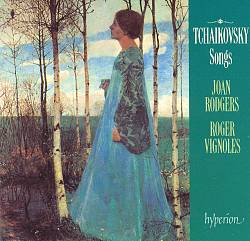In a provocative piece in Melbourne’s The Age, the columnist Tim Soutphommasane asserts that Australia’s current malaise on the cricket field “may also say something about the state of the nation… cricket as a metaphor for life.”
Has he not noticed that, while Europe and North America have
struggled to get any semblance of forward motion, the economy in Australia has
remained in robust health?
I'm
always leary about sport/society metaphors. When I lived in Sydney in the early
1980s, Australia went crazy about their "historic" winning of the ultimate
prize in sailing, the America's Cup. However, the strong feeling of euphoria
accompanied a deep national slide into recession...
And
the man behind the achievement, entrepreneur Alan Bond, was eventually sent to
prison for fraud.
Now
how do you decode all that, metaphorically?













